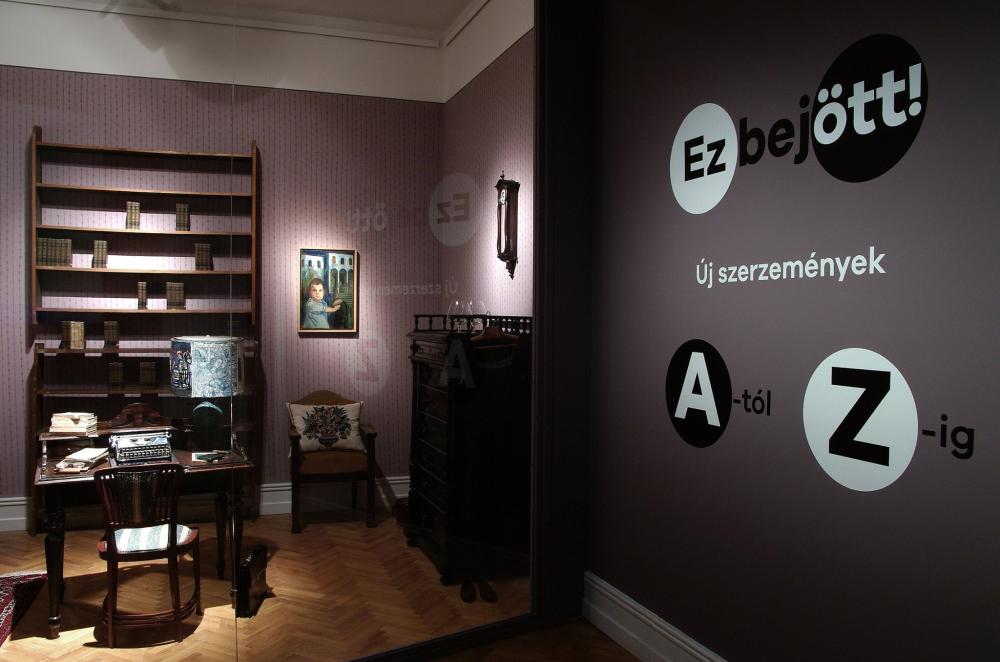A new era has begun in the world of museums, whose task for centuries was limited to collecting and conserving. The former, authoritarian manner of presenting collections, suggesting mainly reverence, intensified the belief in the unchangeable nature of the canons. Since the 1980s an attitude of interpretation, moreover acknowledgement of the conscious presentation of changeability have increasingly replaced symbolic representation. Today exhibitions stress that they develop their material using open concepts, aligned to present-day issues, and that their thematic and visual composition allows for conscious interpretation. In the past decade attention has turned to collections involving revitalisation. A multitude of publications are concerned with how the enormous background knowledge can be made perceptible. Open storerooms and exhibitions presenting collections are continuously opening in Hungary and across Europe. They present the acquired objects in a sequence, following the museologist’s way of thinking, while employing a narrative connected to the present.
With our exhibition This is Where we Are! we have not only made an account of the materials collected in the past, over a period of more than ten years, we have also tried to present the diversity of the museum’s departments and the complexity of work conducted behind the scenes. The sometimes adventurous process of acquisitions is also highlighted – what the museum has acquired via generous donations, as a result of tender or due to special ministry funds. In an innovative way, visitors are invited into our modern storerooms and are shown the conditions of restoration. With the help of short films, an archiving museologist takes on a new role when the comprehensive ensemble of investigation, interpretation and description is discussed, as a result of which the material is presented to researchers and finally to visitors at an exhibition. We are pleased to give an account of the scholarly volumes which have used our new acquisitions as sources. The objects are exhibited in differing contexts so that the diversity of our presentation practice is made transparent. We hope that by looking into the hidden workings of the museum visitors will better understand our work and take a liking to and support our collection concerning literature.
